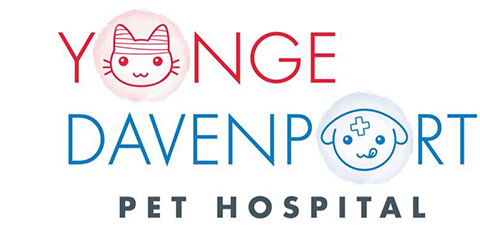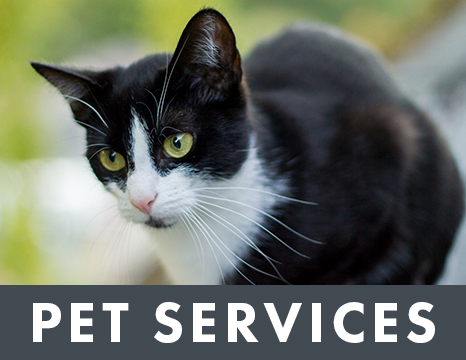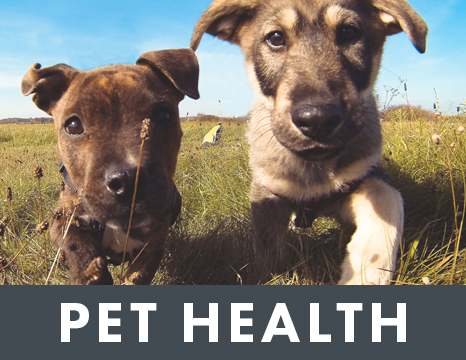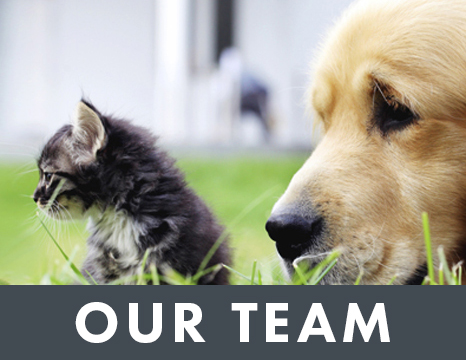Library
-
Epiphora or excessive tearing from the eyes can be a sign of tear duct blockage or more serious eye problems. Clinical signs include dampness beneath the eyes, reddish-brown staining of the fur beneath the eyes, odor, skin irritation, and skin infection. The facial anatomy of short faced (brachycephalic) breeds may play a role in this condition. Treatment may include flushing of the nasolacrimal duct, or surgery to open the lacrimal puncta. The prognosis is variable and dependent on whether the underlying cause can be found and treated.
-
Eye melanomas in cats may be benign or malignant (cancerous). Malignant tumors, called diffuse iris melanomas, show up as multiple spots of color change in the iris, while benign tumors, called limbal melanomas, present as a distinct mass at the edge of the cornea. The diagnosis of these tumors is largely by clinical signs and tumor appearance. Treatment for diffuse iris melanomas may include close monitoring, laser surgery, removing part of the iris (iridectomy) and removing the eye (enucleation). Metastasis has been reported in about 19-70% of cases of diffuse iris melanoma, with most spread to the regional lymph nodes, kidneys, liver, and lungs. Treatment for limbal melanomas may include close monitoring, and surgery, sometimes combined with cryosurgery, laser surgery, or radiation therapy. Enucleation is an option if the treatment is unsuccessful, or the tumor regrows.
-
Primary intraocular tumors are tumors that form in the eye and arise from structures within the eye. These types of tumors are uncommon to rare. When an intraocular tumor is suspected, a referral to a veterinary ophthalmologist may be recommended. Diagnosis, treatment, and prognosis are discussed.
-
Eyebright is an over the counter supplement, given by mouth or used topically as an adjunctive treatment for infection and inflammation of the eyes, skin, or mucous membranes. Give as directed by your veterinarian. The most common side effect is a sensitivity reaction that may include redness, itching, or irritation. Do not use in pets that are allergic to it or that are pregnant, nursing, have had eye surgery, or have diabetes. If a negative reaction occurs, please call your veterinary office.
-
Tumors can affect the eyelids, conjunctiva, and periocular tissues can be benign or malignant and can lead to secondary problems such as eye infections and corneal ulcerations. Diagnosis is best achieved through surgical excision of the tumor, but fine needle aspiration may be pursued as an initial diagnostic. Surgery is highly recommended to provide the pet with symptomatic relief, remove the tumor, and obtain a definitive diagnosis.
-
You’ve probably heard lots of funny cat anecdotes; about how you don’t own them…they own YOU; how they feel superior to everyone, especially dogs; that they expect to be treated like royalty. If you are considering a feline acquisition, first consider this: lots of those remarks are true! This handout explains the other factors to consider in selecting the cat most likely to choose your family, too.
-
Famciclovir is given by mouth and is used off-label to control feline herpesvirus. Give as directed. Side effects may include vomiting, diarrhea, decreased appetite, and increased drinking and urination. Do not use it in pets that are allergic to it or penciclovir. If a negative reaction occurs, call your veterinary office.
-
Famotidine is an antacid given by mouth or into the vein and is commonly used off label to treat gastrointestinal ulcers and acid reflux. Side effects are uncommon but may include a slow heart rate, stomach upset, or dry mouth and skin. Use cautiously in pets that are geriatric or have liver, kidney, or heart disease.
-
Many pet owners decline to take their cats for regular veterinary care because they perceive that their cats resent and fear the visits. Fear, anxiety, and stress (FAS) are rooted in responses to stressful events, and result in both physiologic and behavioral changes. Fear Free® is an online certification course that provides veterinary professionals and other animal care providers with strategies and resources to alleviate or minimize FAS during veterinary visits.
-
Fear can be a normal response to a threat, but it can also contribute to emotional and physical distress. Anxiety is the anticipation of fear. Phobias are intense fear responses to relatively benign triggers. Behavior modification and medications may be used to treat fear, anxiety, and phobias in dogs and cats.





